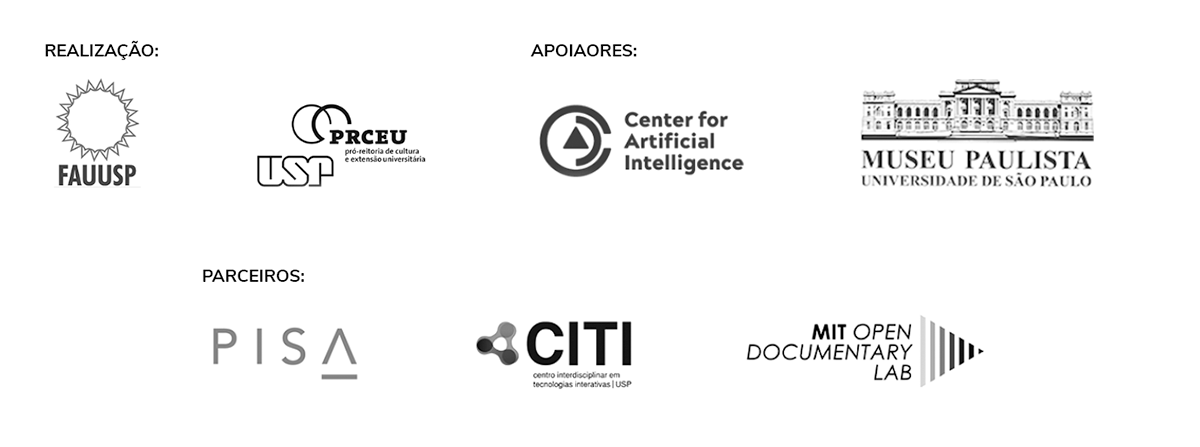At the beginning of Paulista there is a Native Indian
Giovanna Fluminhan.
The monument to the Indio Pescador was the second by Francisco Leopoldo e Silva dedicated to indigenous representation in the city of São Paulo, after Ubirajara. The artist from São Paulo studied at the Liceu de Artes e Ofícios in the city and, as a young man, at the French Academy, in Paris, with Victor Brecheret.
In French salons, as early as the 19th century, the so-called ethnographic sculpture had gained prominence. And the images of fauna and indigenous peoples in Brazil gained notoriety at the hands of the sculptor Louis Rochet, who was responsible for executing the bronze sculptures for theEquestrian Statue of Dom Pedro I, installed in Rio de Janeiro in 1862. Rochet dedicated himself to preparing studies and models for his creation, and his concern is perceptible in the figures on the pedestal, in which ethnic marks characterize the indigenous faces according to their origin. The expression and clothing distinguish the characters and flee from the generic, even though their bodies do not have the same treatment, valuing the domain of musculature and gestural movement in the composition.
Francisco Leopoldo’s works, however, do not seem to have this same influence. His studies in Europe helped him to improve his technical mastery and the classical style in his sculptures, which can be seen in his female nudes as well as in his two most famous indigenous representations. Ubirajara and Índio Pescador, both designed for Avenida Paulista, are figurative, far from reality and close to the image of the savage that was established in the country’s history. Also, the figure of the fisherman and the fountain itself is a very monumentalized Western allegory, like the Monumental Fountain in Praça Júlio Mesquita, executed a year earlier, in 1927. On the other hand, Francisco Leopoldo’s fisherman has the merit of bringing, to the start of Avenida Paulista, the ‘Native Indian’ as the protagonist of this primary and essential activity.
The sculpture, which once received the Small Gold Medal at the Salon of Fine Arts in Rio de Janeiro, is now neglected and deteriorated. His fountain no longer works and has been dry for many years, his spear was stolen and never recovered, his body suffers from neglect and lack of maintenance. Thus, humans and non-humans intervene and appropriate it.
In May 1972, the Folha de S. Paulo newspaper reported that, because of a hole in the sculpture that was probably caused by a stone, a beehive had formed in the Indian’s hollow head. Perhaps if it were a Guarani from Jaraguá, the Native Indian Fisherman would have become the Native Indian Beekeeper. In the late 2000s, he was turned into a cyclist as theÍndio Ciclista, holding a bicycle wheel where his spear once was, carefully secured with a chain. Today, Praça Oswaldo Cruz is occupied by the homeless – another group neglected by the government – who keep the monument company.
References
- Da Redação. Os monumentos da cidade à mercê dos depredadores. Folha de S. Paulo (1972).
- Instituto Pólis. Quais histórias as cidades nos contam? A presença negra nos espaços públicos de São Paulo. São Paulo, 2020.
- Daniel Bergamasco. Prefeitura retira roda que “surgiu” em estátua de índio na avenida Paulista. Folha de S. Paulo (2009).
- KNAUSS, Paulo (2013). Jogo de olhares: índios e negros na escultura do século XIX entre a França e o Brasil. História (São Paulo) v.32, n.1, p. 122-143.
- KNAUSS, Paulo (2014). Índios no salão de arte: representação étnica na escultura do século XIX. Conexões: ensaios em história da arte.
Photos

Estátua Índio Pescador, autoria de Francisco Leopoldo e Silva, situada à Praça Oswaldo Cruz em São Paulo. Implantada em 1928. 
Estátua Índio Pescador, autoria de Francisco Leopoldo e Silva, situada à Praça Oswaldo Cruz em São Paulo. Implantada em 1928. 
Estátua Índio Pescador, autoria de Francisco Leopoldo e Silva, situada à Praça Oswaldo Cruz em São Paulo. Implantada em 1928. 
Estátua Índio Pescador, autoria de Francisco Leopoldo e Silva, situada à Praça Oswaldo Cruz em São Paulo. Implantada em 1928.



